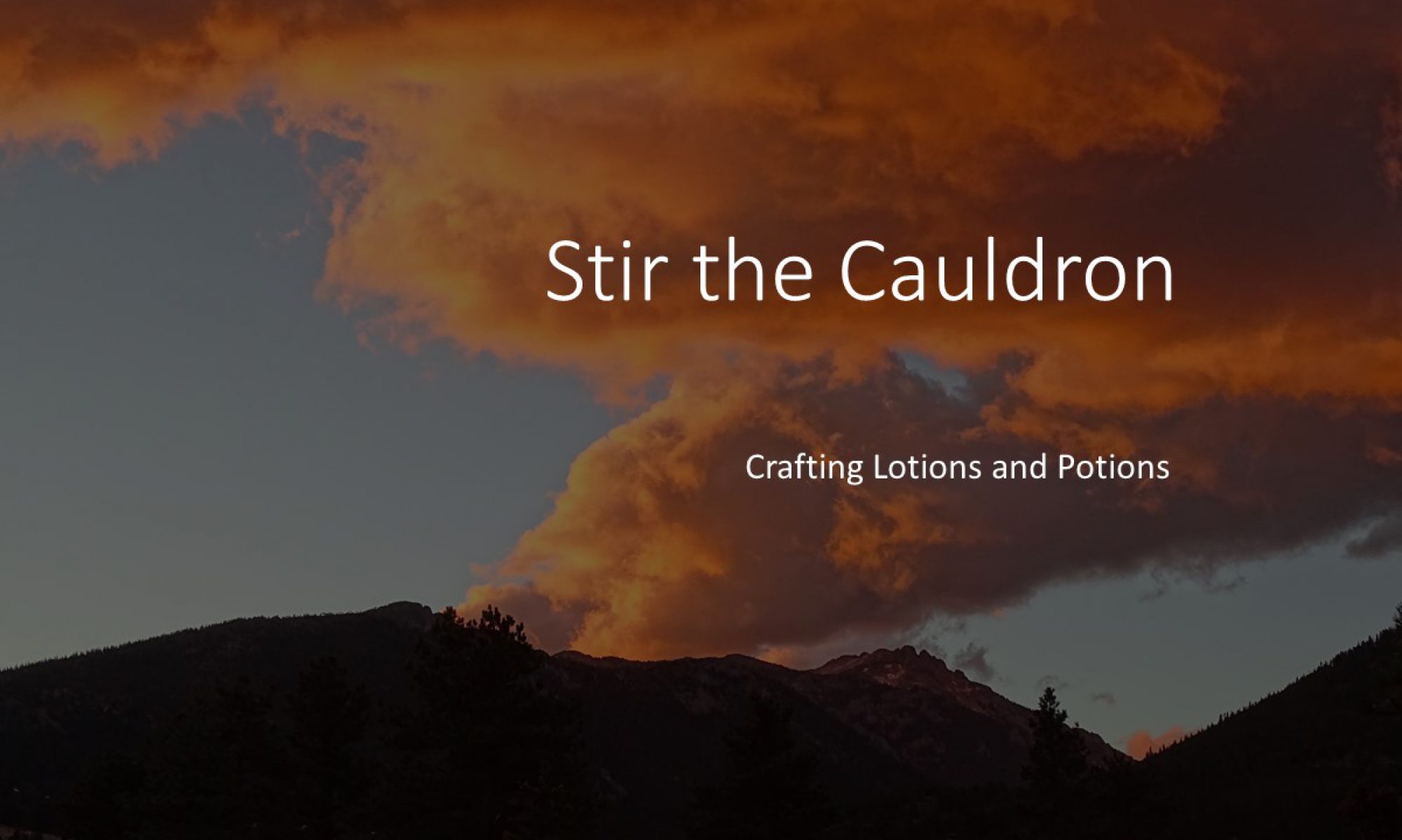
Lavender has made an appearance with me several times in the last month.
Even if you think you know nothing of herbalism, you probably know that people use sachets of dried lavender flowers to discourage moths from damaging woollen and linen fabrics. If you think you know nothing of aromatherapy, you probably still know that the smell of lavender helps people to relax and sleep.
Cultivation
There are 47 registered species of lavandula, for which the common name is lavender. Lavandula is a member of the mint family of plants. Lavender has cosmetic, medicinal and culinary uses. It was prized by the ancient Greeks and the Romans. The name Lavender is derived from the Latin verb lavare, to wash. English Lavender has a sweeter flavour for culinary use. Dutch Lavender yields an oil which is richer in a family of chemicals called terpenes, which include camphor. Dutch lavender has a more bitter taste, but is more effective in deterring moths. Most lavender species have uses in perfumery.
Lavender is grown commercially, mostly for the production of lavender essential oil. It is native to India, the Middle East, to many Mediterranean and North African countries, to Europe and the Canary Islands. Bulgaria is the largest commercial producer. Provence in France is well-known for its lavender fields. There are English lavender farms in the Cotswolds and around London.

Photo by Paula Tales
Lavender oils and salves
My first engagement with lavender this year was prompted by the plight of Millie. Millie is a horse. Her face had been savaged by flies, especially around her mouth and eyes. P asked me if I could produce a salve that would soothe the bites and discourage further insect bites. The result was lavender infused olive oil, lavender salve, and lavender & patchouli salve.

I acquired a package of 500g of dried lavender flowers from Provence to make lavender oil and Millie’s salves. The recipes used 100g, leaving me with plenty for other experiments.
Lavender Ice Cream
My second encounter with lavender was at Cotswold Lavender, at Snowshill in Worcestershire.

Chee Hoong Loh/Shutterstock
The lavender fields are picturesque in June and July, so much so that they are a favourite venue for photography. When they are open to the public, they quickly fill with groups smiling at phones and cameras. I visited with parents who have taken annual photographs of their child in the lavender fields. The child, now three years old, was not in a mood to co-operate this year. I went to the gift shop in search of ice cream to bribe the child and sooth frustrated adults.
I bought a selection of ice-cream flavours and offered them around. The lavender flavour remained un-chosen, left for me. Given the setting, I thought lavender ice cream would be a good choice. It seems the rest of the party knew better, and I found it bland and disappointing. I challenged myself to do better. The result of my challenge is my version of a recipe for lavender ice cream.

I certainly plan to repeat the ice cream, and I’ll make some more lavender infused oil. I’ll still have about half of the dried flowers left, so I’m looking for other uses. I’m considering a lavender syrup, a lavender cordial (perhaps with some hedgerow fruit) and lavender lip-balm.
When my still is up and running I may prepare lavender toilet waters, but that’s for another time.
